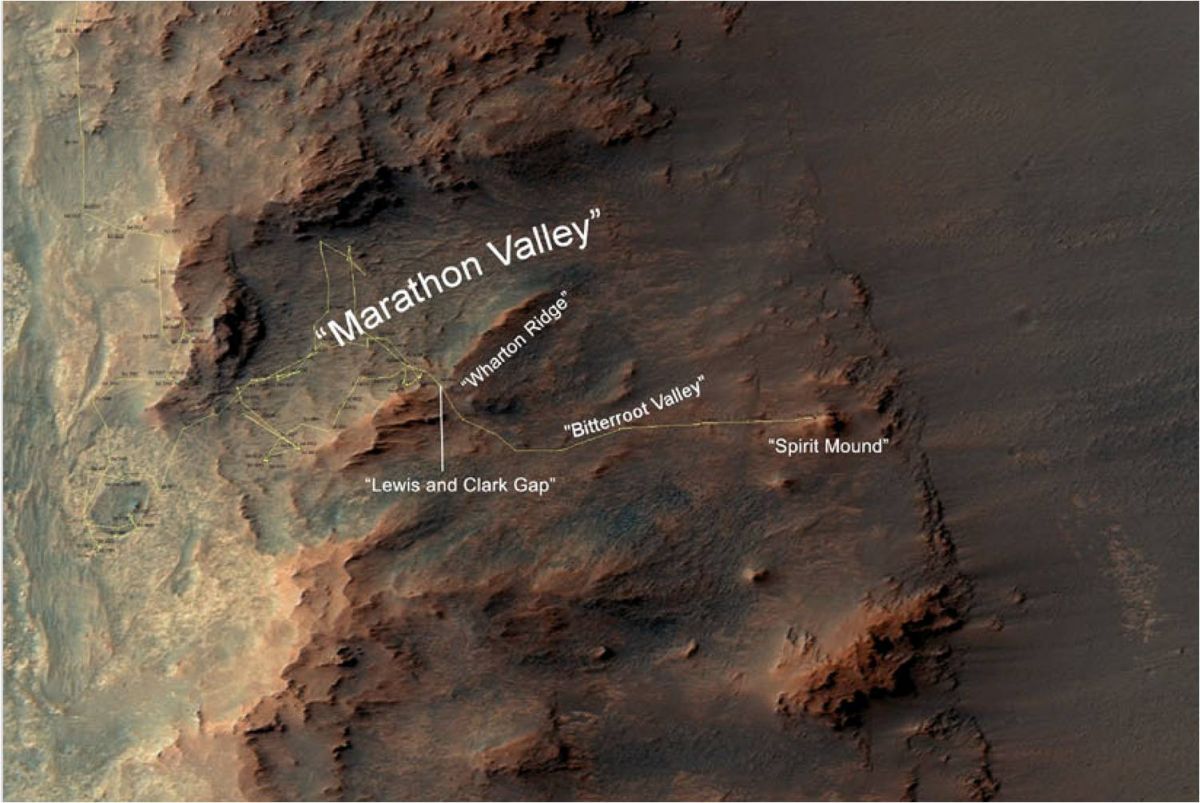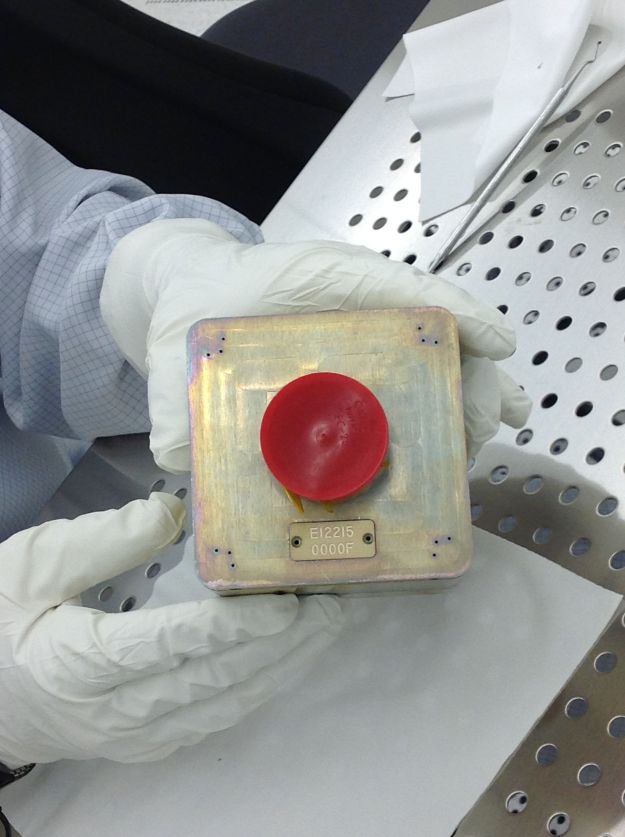Europe's Mars Landing on Wednesday May Be Visible to NASA Rover


Call it the Schiaparelli sky show — and if you happen to be NASA's Opportunity Mars rover, it's coming to a sky near you.
On Wednesday morning (Oct. 19), the European Space Agency's (ESA) ExoMars 2016 Schiaparelli Entry, Descent and Landing Demonstrator Module (EDM) is set to plunge through the Martian atmosphere and land on the planet's surface, all within six minutes.
Its descent involves use of a heat shield, parachute, thrusters and a crushable structure for the landing. You can watch a live webcast of the ExoMars landing here, courtesy of ESA, beginning at 9 a.m. EDT (1300 GMT). [Photos: Europe's ExoMars Missions to Mars]
Robotic eyewitness
The information gleaned by Schiaparelli during this short period will test and demonstrate technologies required to deliver a lander or rover safely onto the surface of the Red Planet.
Once it was released by its mothership – ESA's Trace Gas Orbiter – on Oct. 16, Schiaparelli was aimed to plop down in a relatively flat area in Meridiani Planum, close to the equator in the southern hemisphere.
This region has been imaged extensively from orbit, including by ESA's Mars Express and NASA's Mars Reconnaissance Orbiter.
In position as a potential robotic eyewitness to the craft's landing is NASA's Opportunity rover.
Breaking space news, the latest updates on rocket launches, skywatching events and more!
West toward the east
The Schiaparelli EDM will enter the Martian atmosphere and be moving from west to east in the sky above its landing site in Meridiani Planum.
That's the spot where Opportunity landed in early 2004. The rover is currently exploring Endeavour Crater in its 10th extended mission, explains astrogeologist Jim Rice, Mars Exploration Rover geology team leader and senior scientist at the Planetary Science Institute in Tucson, Arizona.
Remote chance
"We will attempt to image Schiaparelli as it arrives in our neck of the woods on Oct. 19," Rice told Inside Outer Space. "But if the entry and descent of the Schiaparelli EDM is nominal, the Opportunity rover will not see anything because its path will be blocked by the topography of the western rim of Endeavour crater," he said.
"However, there is a remote chance we could see it above the crater rim if the descent trajectory is long toward the east," Rice added. "Bottom line is that we will be giving it our best effort and, hopefully, we get lucky."
Approaching surface shots
Meanwhile, as the ExoMars Schiaparelli module descends onto Mars, it will capture 15 images of the approaching surface, according to ESA's website. Scientists have simulated the view seen from the module's descent camera.
Those 15 black-and-white images snapped by a small camera named DECA — the DEscent CAmera — during Schiaparelli's descent can be used to reconstruct the module's trajectory and its motion, as well give context information for the final touchdown site.
DECA will start taking images after the front-shield of Schiaparelli has been jettisoned during the journey through the Martian atmosphere to the planet's surface. It will take the 15 images at 1.5 second intervals.
Local memory
The images will be stored in the vehicle's local memory. To avoid electrostatic discharges affecting the instrument, there will be a delay of several minutes after Schiaparelli has landed on the surface of Mars, before the data are read out by Schiaparelli's computer and subsequently downlinked to Earth.
DECA was designed and built by Optique et Instruments de Précision (OIP) in Belgium for ESA.
The ExoMars effort is a cooperative project between ESA and Russia's Roscosmos.
ExoMars 2016 comprises two missions: the Trace Gas Orbiter and the Schiaparelli entry, descent and landing demonstrator module, which were launched on March 14, 2016.
The follow-on ExoMars rover and surface platform is scheduled for launch in 2020.
Leonard David is author of "Mars: Our Future on the Red Planet," to be published by National Geographic this October. The book is a companion to the National Geographic Channel six-part series coming in November. A longtime writer for Space.com, David has been reporting on the space industry for more than five decades. Follow us @Spacedotcom, Facebook or Google+. Story published on Space.com.

Leonard David is an award-winning space journalist who has been reporting on space activities for more than 50 years. Currently writing as Space.com's Space Insider Columnist among his other projects, Leonard has authored numerous books on space exploration, Mars missions and more, with his latest being "Moon Rush: The New Space Race" published in 2019 by National Geographic. He also wrote "Mars: Our Future on the Red Planet" released in 2016 by National Geographic. Leonard has served as a correspondent for SpaceNews, Scientific American and Aerospace America for the AIAA. He has received many awards, including the first Ordway Award for Sustained Excellence in Spaceflight History in 2015 at the AAS Wernher von Braun Memorial Symposium. You can find out Leonard's latest project at his website and on Twitter.




